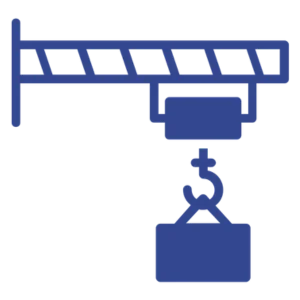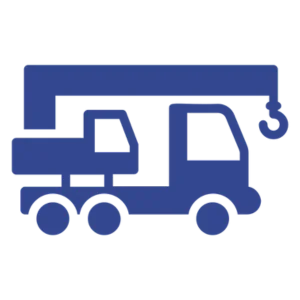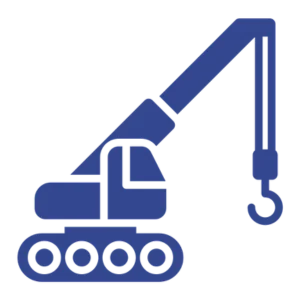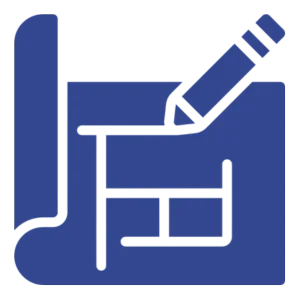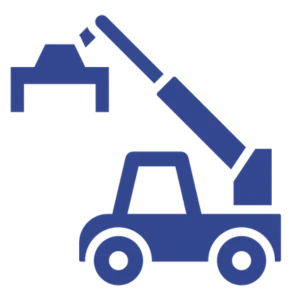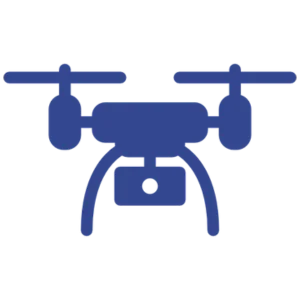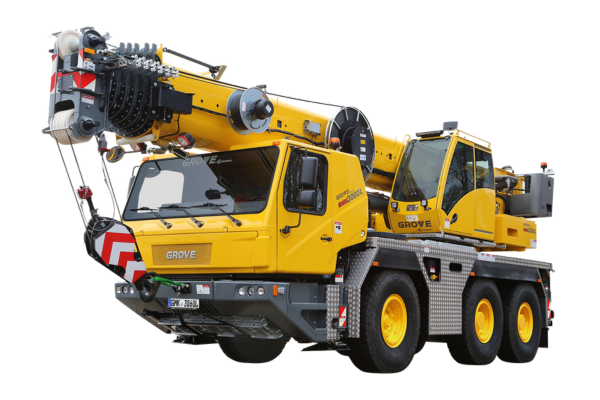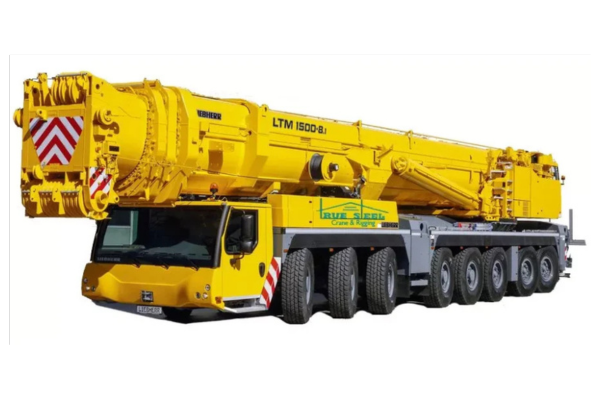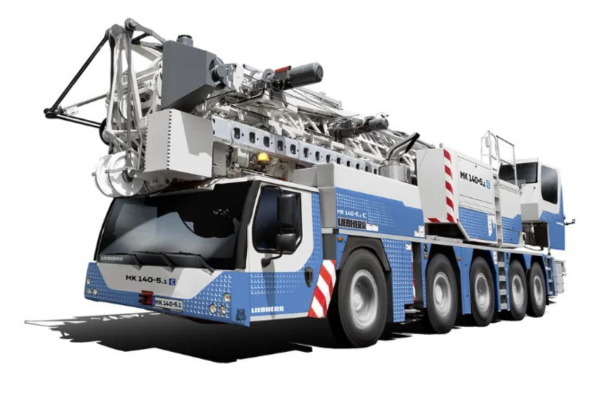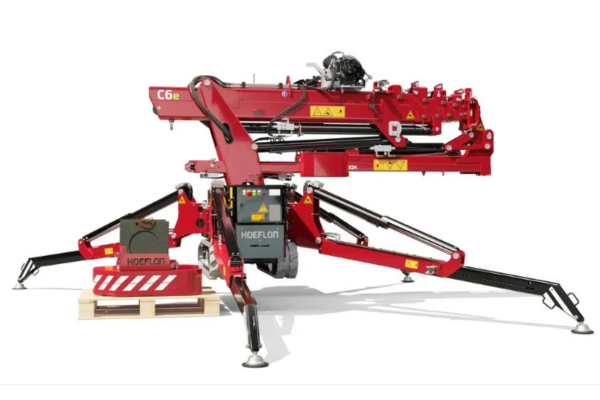Sherrington Lifting Services & Crane Hire
Call 0151 440 2204 Now for a Free Quote
Trusted by companies across the UK
What We Do
Reliable Crane Hire & Lifting Solutions Across the North West
Sherrington Lifting provides professional crane hire and lifting solutions for projects of all sizes. With a diverse fleet of cranes and specialist equipment, we support industries ranging from construction and infrastructure to energy and logistics.
Lifting Services
We provide expert crane hire and lifting solutions across Manchester, Liverpool, and the North West, ensuring safe and efficient operations for projects of all sizes.
Crane Fleet
Our diverse fleet includes compact city cranes and heavy-duty all-terrain models, offering the right equipment for every lifting requirement.
Sectors
We support industries such as construction, infrastructure, energy, and logistics, delivering reliable crane hire solutions tailored to each sector’s needs.
Accreditations



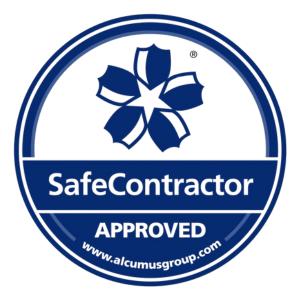
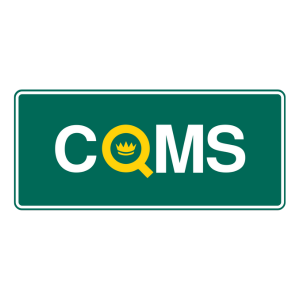
Our Fleet
Our Crane Fleet: Power, Precision & Performance
Sherrington Lifting offers a versatile fleet of cranes designed to handle projects of all sizes across Manchester, Liverpool, and the North West. From compact city cranes to heavy-duty all-terrain models, our equipment is maintained to the highest standards to ensure safety, reliability, and efficiency.
See What Our Clients Say
Trusted Crane Hire with Proven Results
We take pride in delivering reliable and professional crane hire services across Manchester, Liverpool, and the North West. Don’t just take our word for it—read what our satisfied clients have to say about our expertise, efficiency, and commitment to safety.
We may already have the answer for you.
Frequently Asked Questions
Operating In High Winds
All cranes have a maximum design wind speed for safe operation. When the wind speed exceeds this limit the crane must be taken out of service. Different types of crane, different models of the same type of crane and different configurations of the same model may operate with different maximum wind speeds. The operating wind speed for the crane will allow for
the load having a certain wind area; if this is exceeded then the working wind speed will need to be reduced (see the manufacturer’s manual for information on this).
Typical maximum operating wind speeds are:
Mobile Cranes 9.8 m/s (22 m.p.h.) Beaufort Scale 5
Proximity To Hazards
Hazards best avoided, where possible, include:
- Overhead electric lines
- Nearby structures
- Other cranes
- Railways
- Public access areas
- Airfields
Where any part of the crane or its load cannot be kept clear of these hazards, the appropriate authority, e.g. a local electricity supplier or Railtrack, must be consulted.
Danger from vaults or underground services must not be overlooked, and suitable precautions must be taken where they cannot be avoided.
Where the crane or its load passes closer than 600mm to an obstacle, effective precautions must be taken to avoid crushing, by preventing personnel accessing the area.
Where a crane is to be used within 15 metres plus the length of its jib, from overhead power lines on steel towers, (or 9 metres plus the length of the jib, from overhead lines on wood, concrete or steel poles) the guidance given in HSE Guidance Note GS6 must be followed.
Where a crane will work close to railway property (i.e. if it fell over and any part of it, or any load being lifted by it, could fall on railway property), consult the railway property owner and CPES.
If the crane is within 6 km of an airfield, and its height exceeds 10 m or that of the surrounding structures or trees, then the Appointed Person should seek the permission of the airfield manager before starting operations.
Ground conditions
Cranes have very high axel weights, and need good solid ground the same as a lorry would need. You will also need to make sure there are no sharp objects in the path of the crane when gaining access to the site.
Recent Case Studies
Sherrington Lifting Services are an established crane hire company delivering various lifting solutions through Liverpool, Manchester and the North West.


